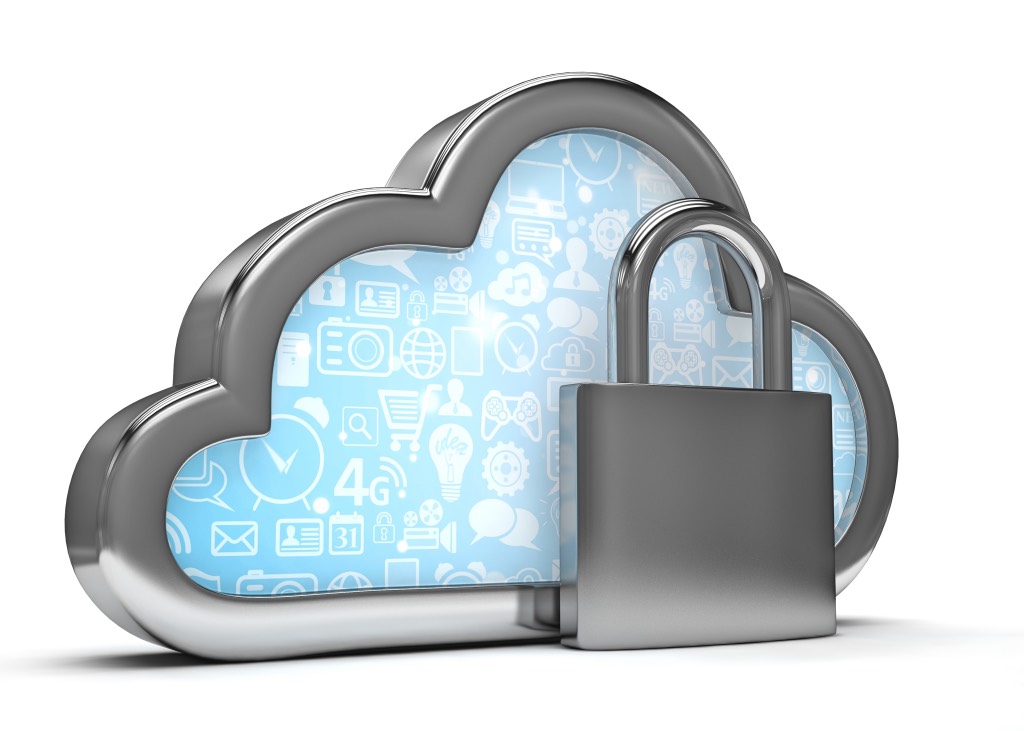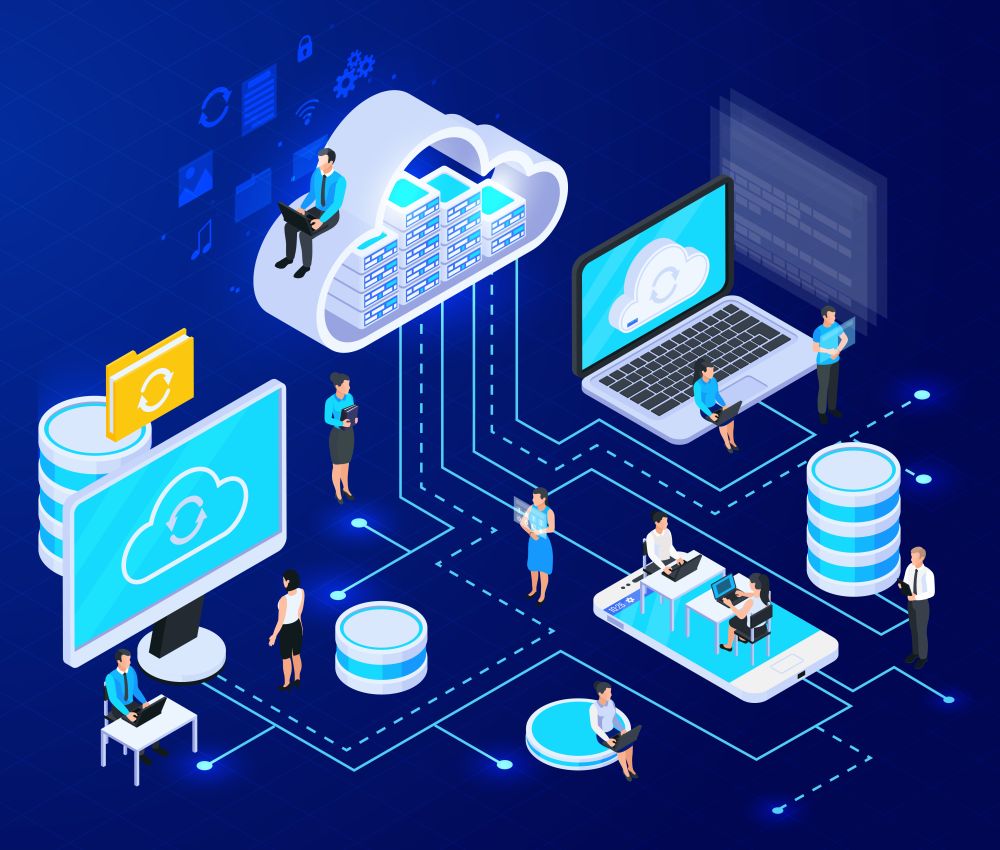Delhi, India, 12th January 2022: With the advancement in automation and Artificial Intelligence (AI) across economic sectors in India — the growth of malware, ransomware, and breaches is on the rise. The recent Dell Technologies 2021 Global Data Protection Index highlights that 70% of respondents in India believe emerging technologies—such as cloud-native applications, Kubernetes containers, AI, and machine learning pose a risk to data protection, and the lack of data protection solutions for newer technologies is one of the top three data protection challenges for organizations.
 Mr. Ripu Bajwa, Director and General Manager, Data Protection Solutions, Dell Technologies, India says:
Mr. Ripu Bajwa, Director and General Manager, Data Protection Solutions, Dell Technologies, India says:
In the coming year, we see three trends that will cement the course for the cybersecurity and data protection landscape.
- Increase in cloud services and corresponding data protection threats: The necessity to adapt to post-pandemic, remote working conditions has heightened the requirement for cloud-based services and infrastructure. According to Gartner, Indian CIOs are expected to focus their cloud investment on cloud system infrastructure services (IaaS). This segment is forecast to total $2.4 billion in 2022, up 40% from 2021. Although cloud services offer exciting opportunities for organizations, these also present new challenges for monitoring, managing and protecting cloud assets. Industry initiatives like Cloud Security Posture Management (CSPM) can bring broader visibility to cloud infrastructure and assets, help ensure consistent configuration management and establish a baseline of best practices for compliance in the coming year.
- Increase awareness around industry initiatives such as Security Orchestration, Automation and Response: Amidst the constantly evolving cybersecurity landscape in India, businesses are looking at ways to transform how they respond to threats and cyber-attacks in real-time. The industry is pivoting from automated detection to prevention and response with a focus on applying AI and machine learning to speed remediation. However, threat detection is only half of the equation. Businesses need automated incident response technology to address the growing volume of cyber threats, multiple tools causing IT complexity, and skill shortages. Mature businesses are adopting a single security orchestration, automation and response (SOAR) platform, and working with security service providers to improve their security operations. This proactive approach will also help in building a successful zero trust strategy.
- Need for Unified Visibility and Control: According to the International Data Corporation (IDC), with today’s hybrid workforce, as much as 70% of all breaches still originating on the endpoint, it is important for IT teams to increase both their visibility and ability to control remotely. Therefore, in 2022, enterprises will increasingly look for unified and proactive security measures to defend their landscape of technology assets, spanning legacy endpoints, mobile, and cloud workloads without overburdening staff and in-house management resources. Indian CIOs and risk management leaders should consider the security advantages and productivity value of an XDR (Extended, Detection and Response) solution in the new year.
Also see:
Data Security in India: How the PDP Bill Can Help Protect Businesses
Data Protection in 2022
In 2022, organizations must continue to invest in compliance and data sovereignty. More companies must level up with the requirements of GDPR, which especially expects organizations to integrate the latest encryption technologies to safeguard consumers’ data and to minimize the hazards associated with data transfers. As per senior officials, during the 14th Hacking and Cybersecurity Briefing in Nov 2021, cyber-crimes have gone up by almost 500% in India during the last two years. With data gradually transcending into the open domain, and employees working from multiple locations and devices, sensitive information is susceptible to security vulnerabilities. Therefore, companies must look forward to making the IT framework more secure and reliable in 2022. Most importantly we are seeing new efforts such as the Open Secure Software Foundation in the Linux Foundation ramp up the coordination and active involvement of the IT, telecom and semiconductor industries.
Looking ahead, there is no doubt the industry has moved to a stage where it is cognizant of the emerged and emerging security concerns, but what is key is to eliminate the bias towards actioning against the same. Proactive evaluation, monitoring and counter-attack of every attack surface is necessary.









